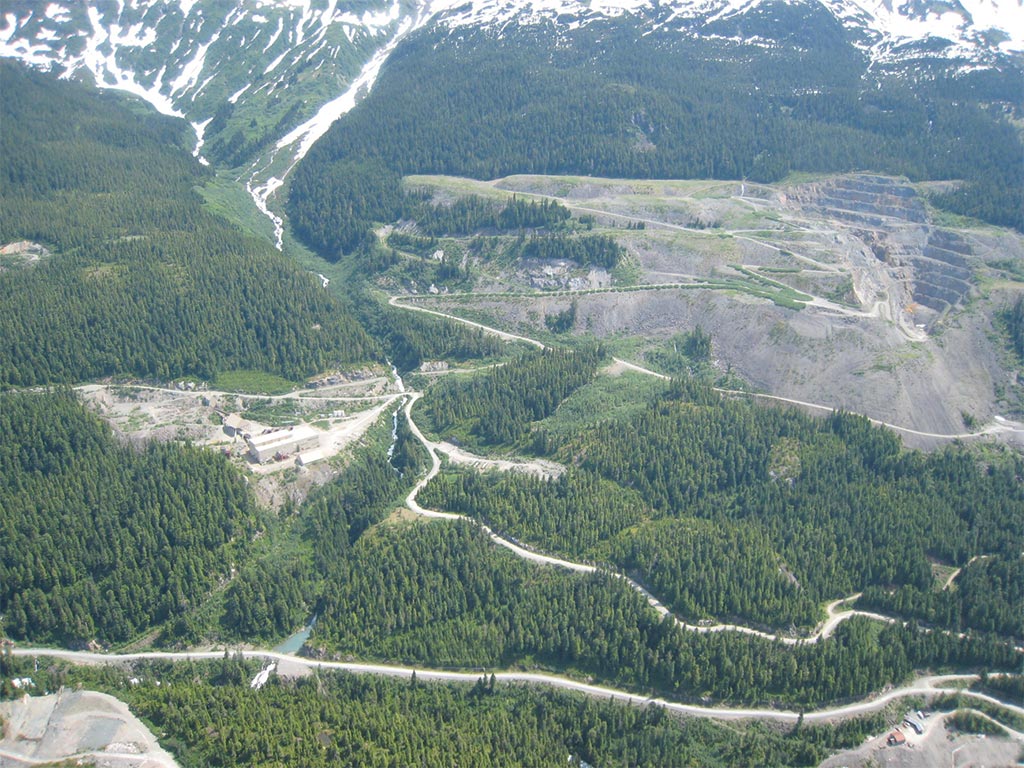Ascot discovers high-grade base metals mineralization at Premier

The new results comprise seven drill holes for a total of 1,839m completed from surface approximately 350m west of the Premier mill targeting geophysical anomalies.
Initial drilling has intercepted a shallow zone of gold-silver mineralization and a deeper zone of high-grade copper-silver mineralization.
Highlights of drilling include 6.57 g/t Au and 14.3 g/t Ag (6.78 g/t AuEq) over 1.20m; 0.81 g/t Au and 407.0 g/t Ag (6.74 g/t AuEq) over 1.25m; and 0.17 g/t Au, 137.8 g/t Ag, 3.62% Cu, 0.65% Zn (8.43 g/t AuEq or 5.16% CuEq) over 4.00m, including 0.26 g/t Au, 191.0 g/t Ag, 5.78% Cu, 1.30% Zn (13.14 g/t AuEq or 8.05% CuEq) over 1.75m.
Commenting on the drill results, Ascot president and CEO Derek White said the company is encouraged by its geophysical targeting methods in successfully identifying new mineralized zones.
“While base metals including copper and zinc have not been the focus for Ascot, we are intrigued to have drilled new high-grade sulfide mineralization at depth and welcome the optionality of further similar discoveries,” White stated in a news release.
“Production at the Premier mine dates back as far as 1918, and gold and silver were historically produced alongside copper and other base metals, so the discovery thereof is not altogether surprising. We are eager to proceed with follow-up drilling this year to test the extents and continuity of this mineralization, among other high-priority targets,” he added.
Ascot is currently focused on restarting the former Premier gold mine, located in British Columbia’s Golden Triangle. While progressing the development of Premier, the company is also exploring its properties for additional high-grade underground resources.
The Premier underground mine opened in 1918 and was the largest gold mine in North America until its closure in 1952, producing 2 million ounces of gold and 45 million ounces of silver.




